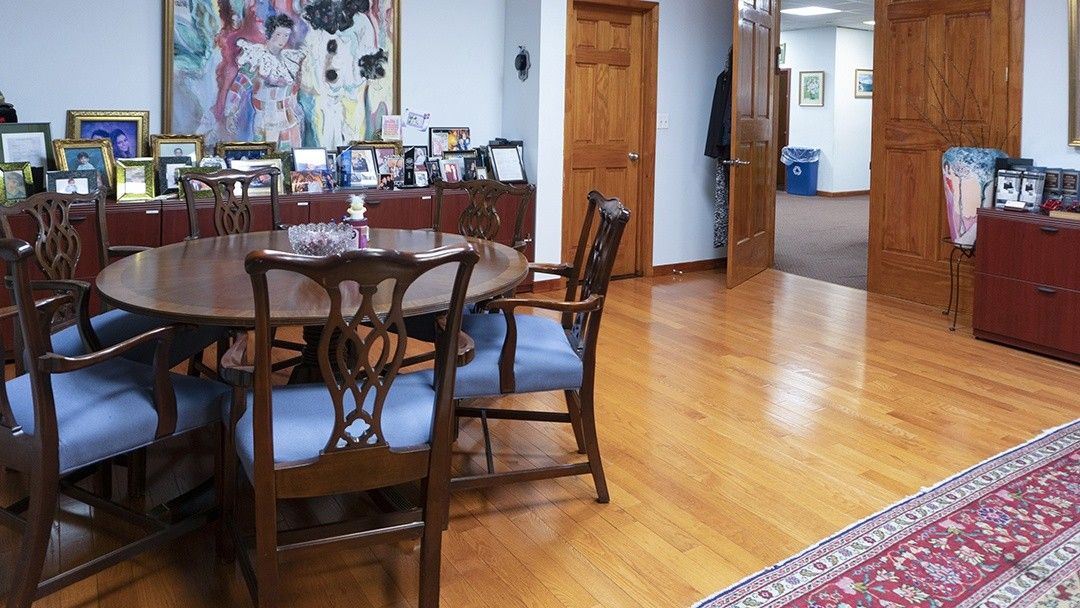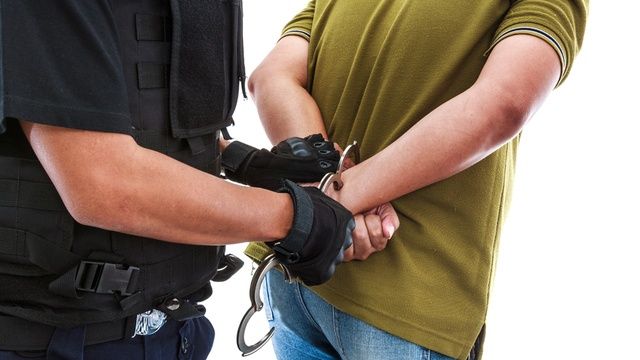Indoor Slip-and-Fall Accidents: Causes & Legal Rights
The many causes of indoor slip-and-fall accidents
As one of our New York City readers, there’s a good chance that your own two feet are your primary mode of transportation. Unfortunately, there are times when pedestrians are involved in a serious accident that leads to injury or even death.
In addition to pedestrian-car accidents, you should never overlook the fact that an indoor slip and fall can be extremely dangerous. You might think cars pose the biggest threat to pedestrians, but you shouldn’t overlook the dangers of indoor slip-and-falls.
When you visit an office building, retail location or any other indoor environment, you hope that you never face a safety concern. But there’s no way of knowing for sure, which is why accidents happen.
2 top causes
There are many reasons for indoor slip-and-fall accidents. Furthermore, these often occur in one of two places:
1. Floors
It goes without saying that property owners are expected to clean, mop and polish their floors. They do this to keep them clean, to keep them looking good and to hopefully avoid an accident.
The problem with this is simple: Wet floors can be extremely dangerous, especially when people expect them to be dry.
A property owner may be held responsible for an accident if it results from:
- Failure to provide warning, such as through the use of a sign, that the floor is wet
- Failure to block off areas that could be considered dangerous
- Applying wax or polish unevenly or using too much of the product
- Neglecting to use a non-skid product when necessary
- Carpet that is worn or bulging
- Mats or rugs with curled edges, thus acting as a trip hazard
2. Stairs
Stairs can be extremely dangerous, especially when they aren’t cared for in the appropriate manner. Stairway accidents can result from:
- Missing stairs
- Inadequate lighting
- A step that is worn
- Debris on the stairs, including paper
- A broken or missing handrail
- Stairs that have been polished or waxed, thus making them slippery
- Stairs that do not have the appropriate non-skid surface
As a pedestrian, you don’t spend much time watching the ground in front of you. Instead, your eyes are straight ahead and you assume that the floor and stairs are in good condition.
Unfortunately, there are times when this isn’t the case, which ultimately leads to a slip-and-fall accident.
If you’re involved in such an accident, don’t rush to move. Instead, call for help to ensure that you receive immediate medical attention. You can then learn more about your legal rights, such as the opportunity to receive compensation for medical costs, pain and suffering, lost wages and more.


